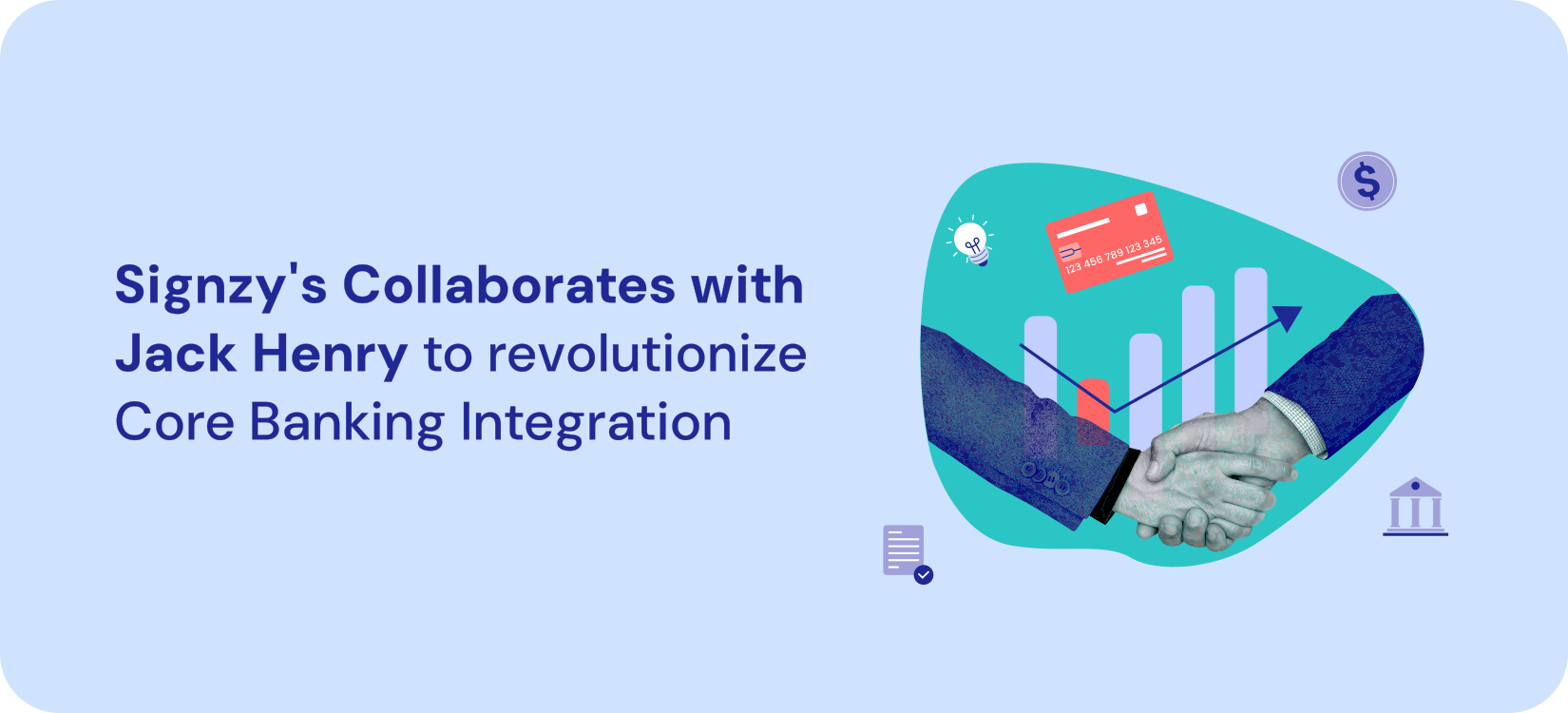Blogs

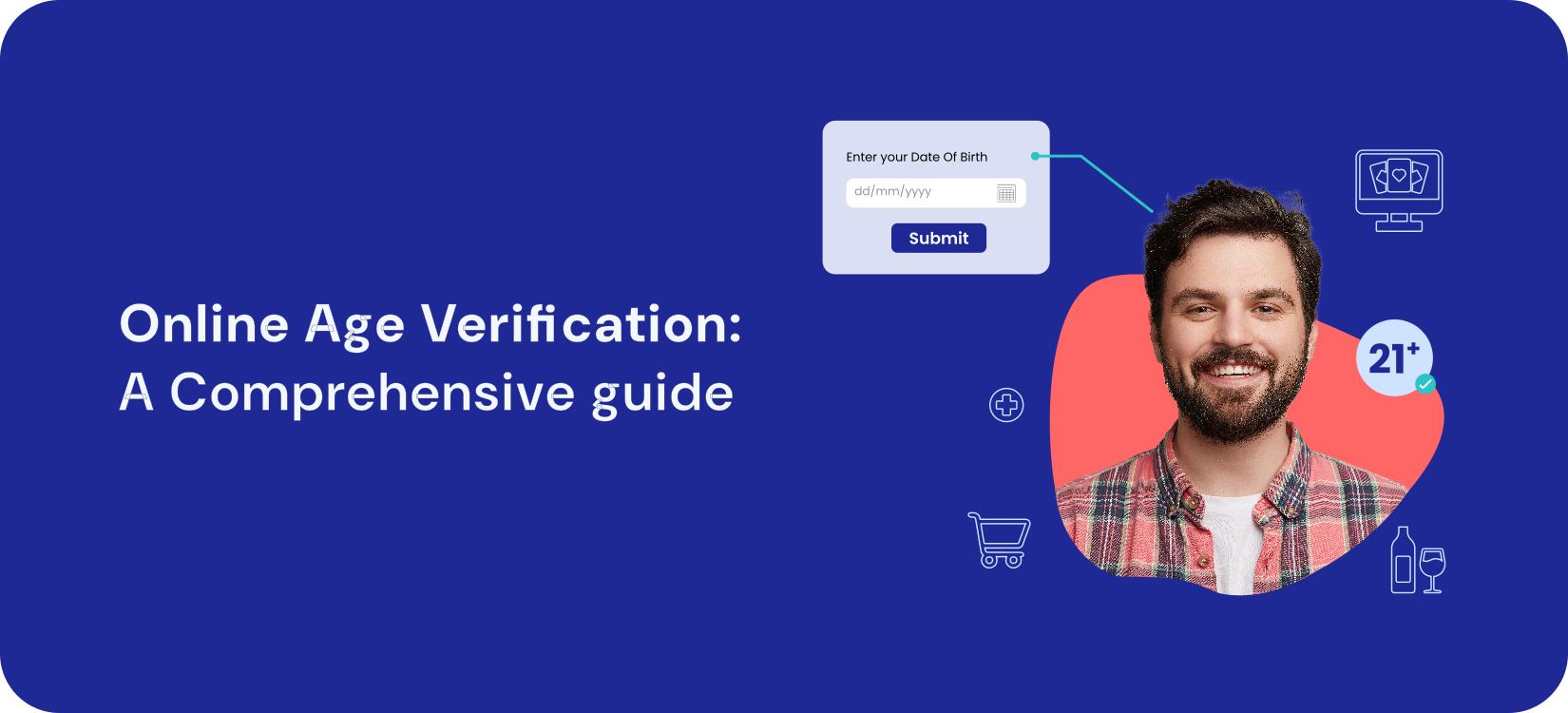
Product
A Comprehensive Guide to Online...
Publishes on Apr 4,2024
8 minutes read
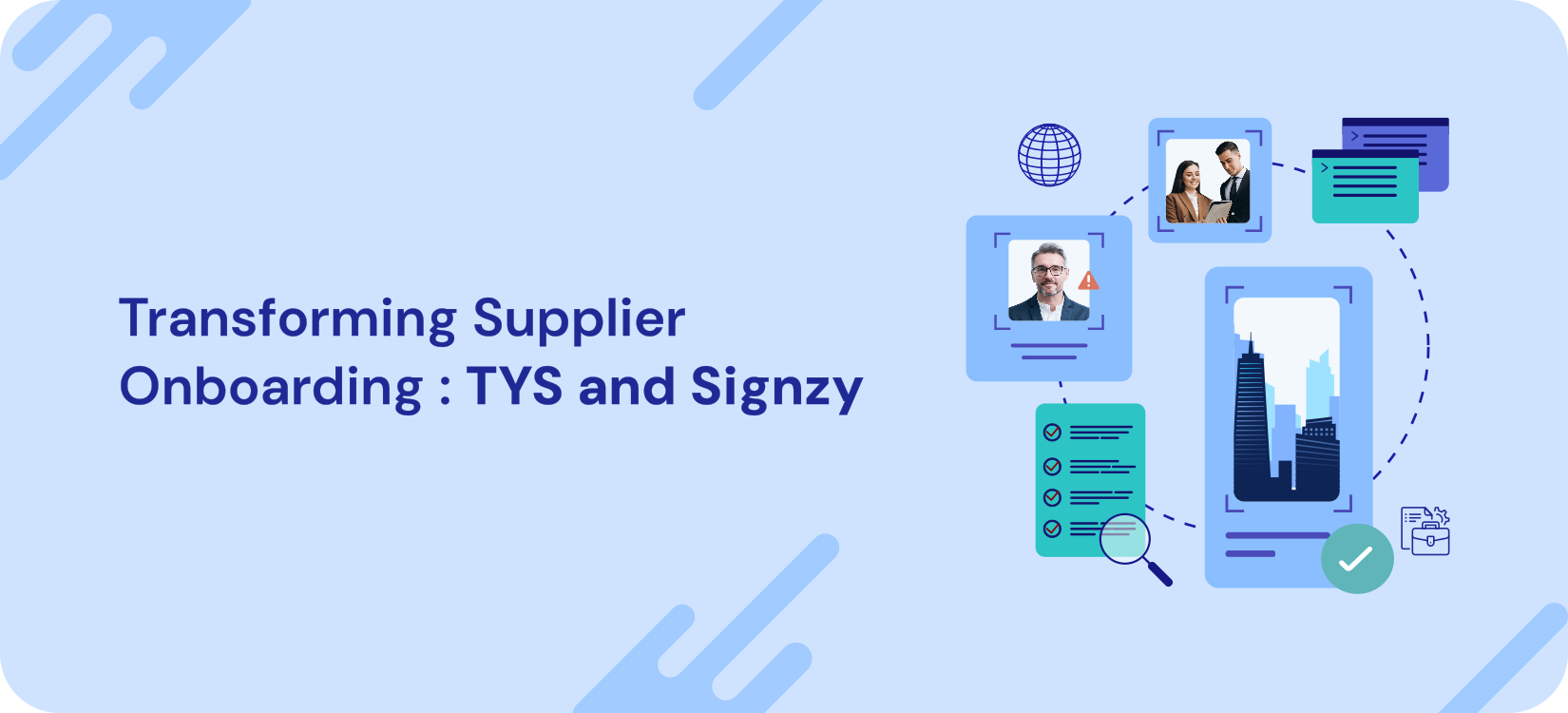
Product
Transforming Supplier Onboarding and Business...
Publishes on Apr 4,2024
3 minutes read
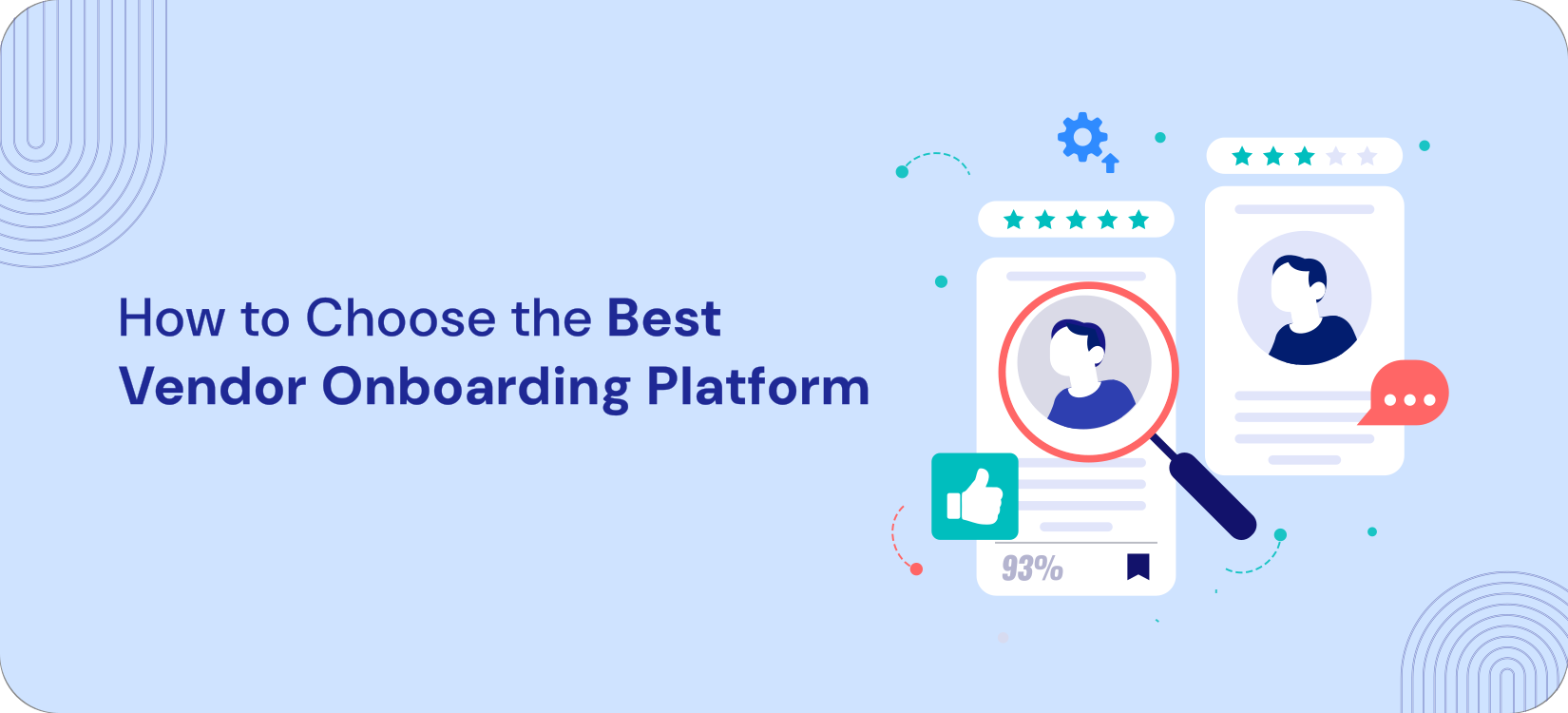
Product
How to Choose the Best...
Publishes on Apr 4,2024
6 minutes read
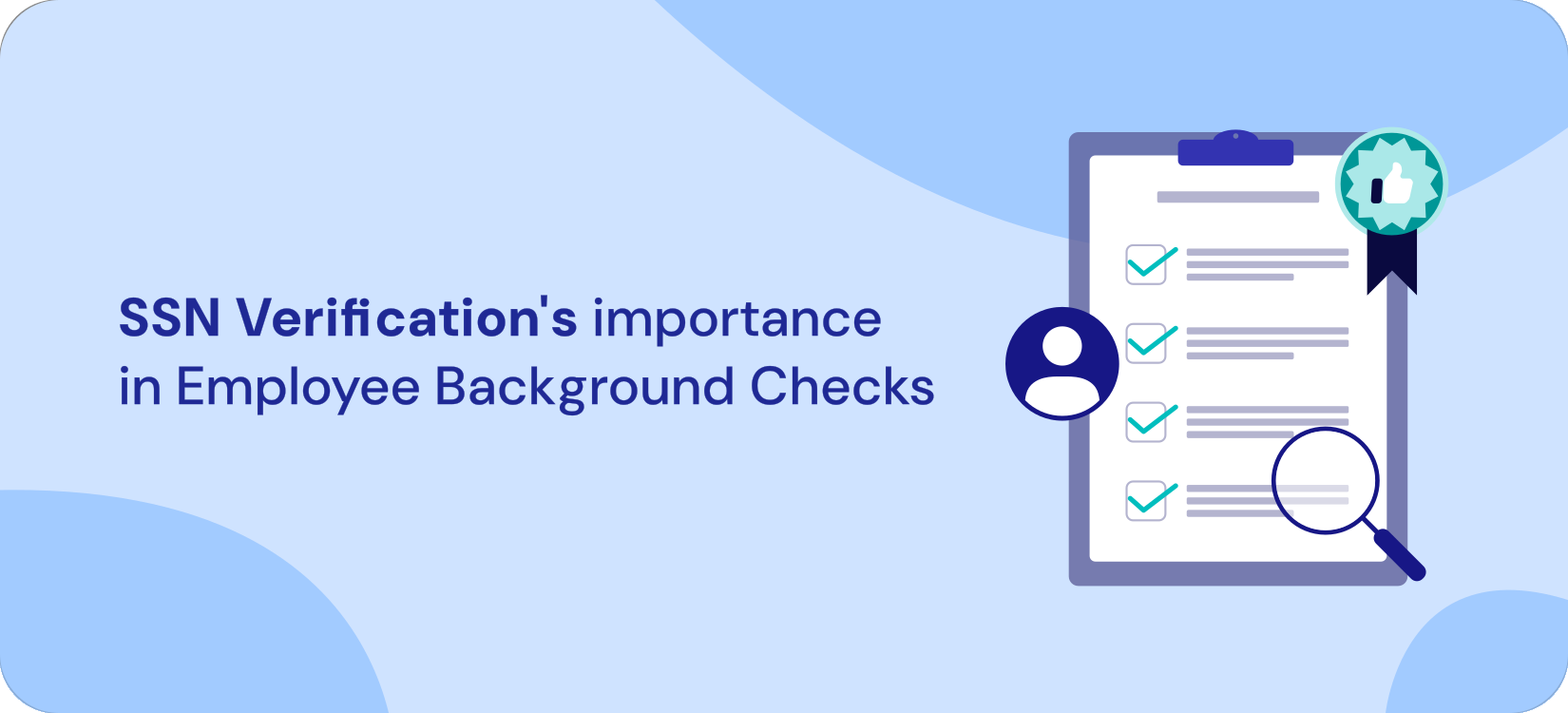
Product
The Importance of SSN Verification...
Publishes on Apr 4,2024
3 minutes read

Product
Money Laundering through Casinos –...
Publishes on Apr 4,2024
8 minutes read
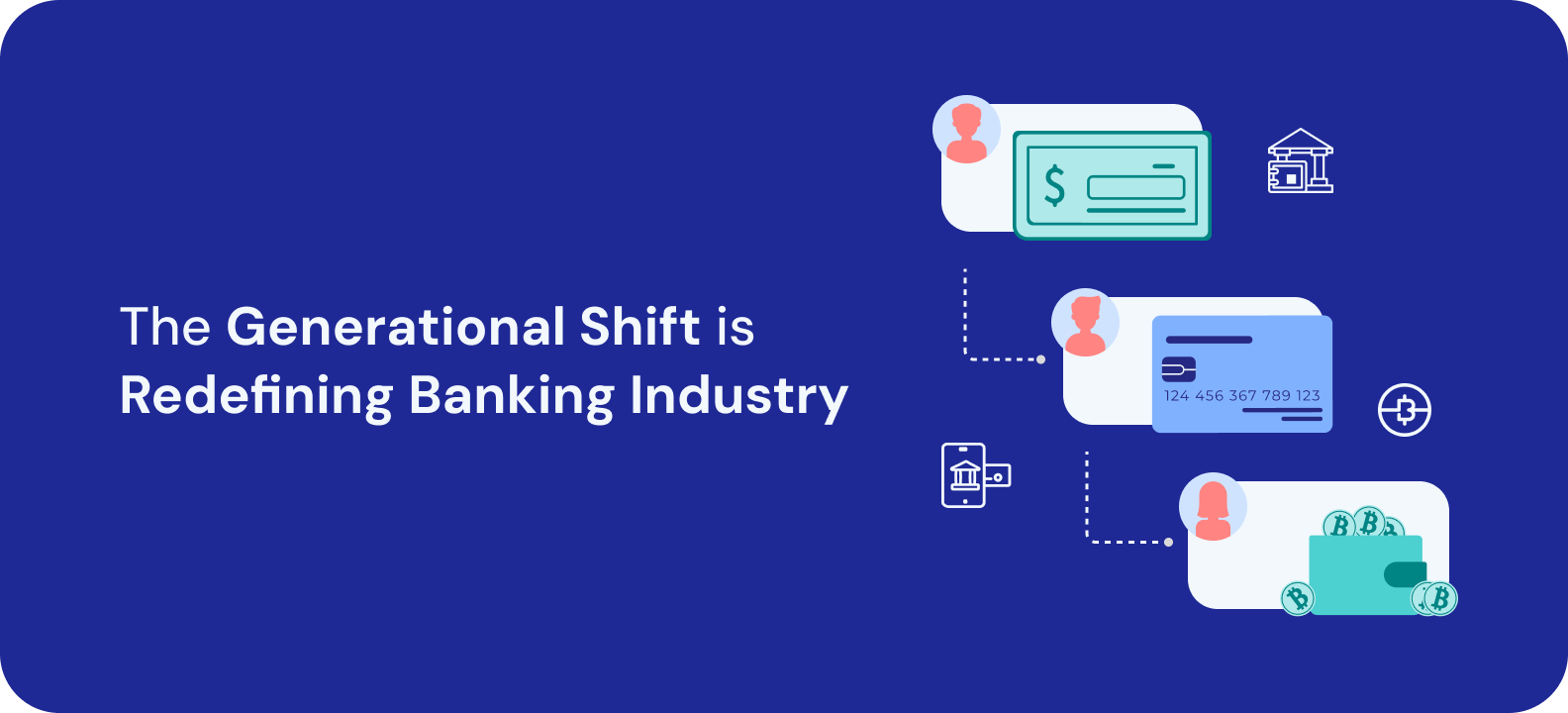
Industry
The Generational Shift is Redefining...
Publishes on Apr 4,2024
5 minutes read
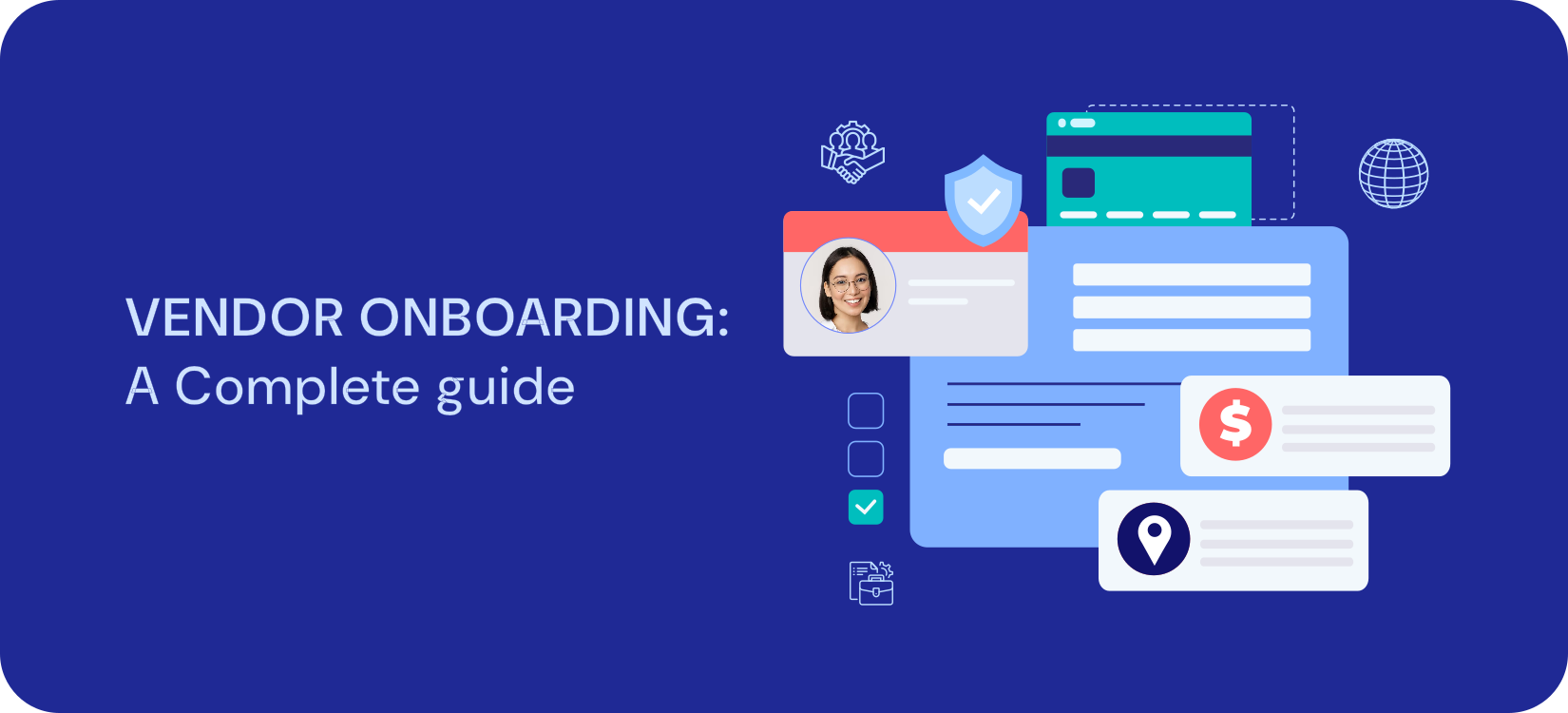

Product
A Comprehensive Guide to Online Age Verification Systems
Publishes on Apr 4,2024
8 minutes read

Product
Transforming Supplier Onboarding and Business Verification: TYS and Signzy
Publishes on Apr 4,2024
3 minutes read

Product
How to Choose the Best Vendor Onboarding Platform
Publishes on Apr 4,2024
6 minutes read

Product
The Importance of SSN Verification in Employee Background Checks
Publishes on Apr 4,2024
3 minutes read

Product
Money Laundering through Casinos – How to tackle it?
Publishes on Apr 4,2024
8 minutes read
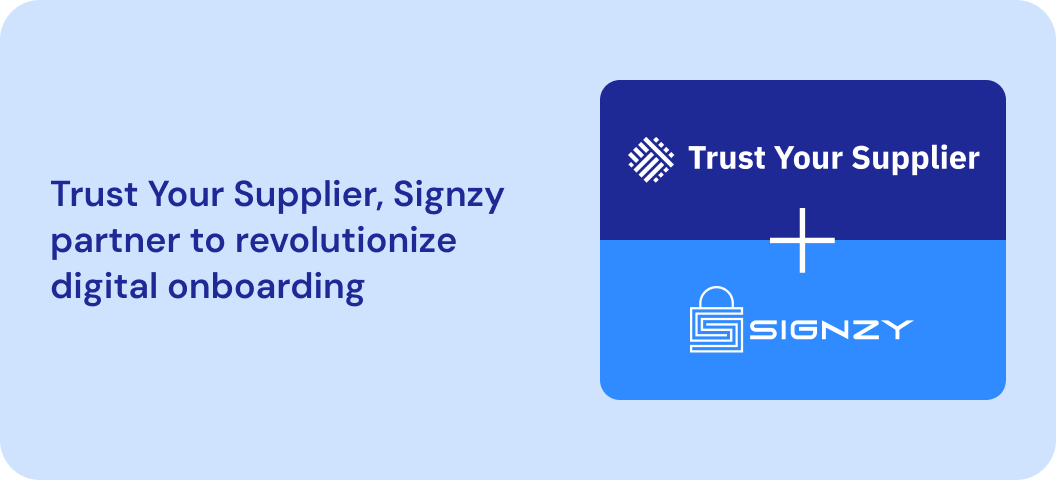
Media Releases
Trust Your Supplier, Signzy partner to revolutionize AI-powered digital onboarding, identity verification
Publishes on Mar 28,2024
3 minutes read
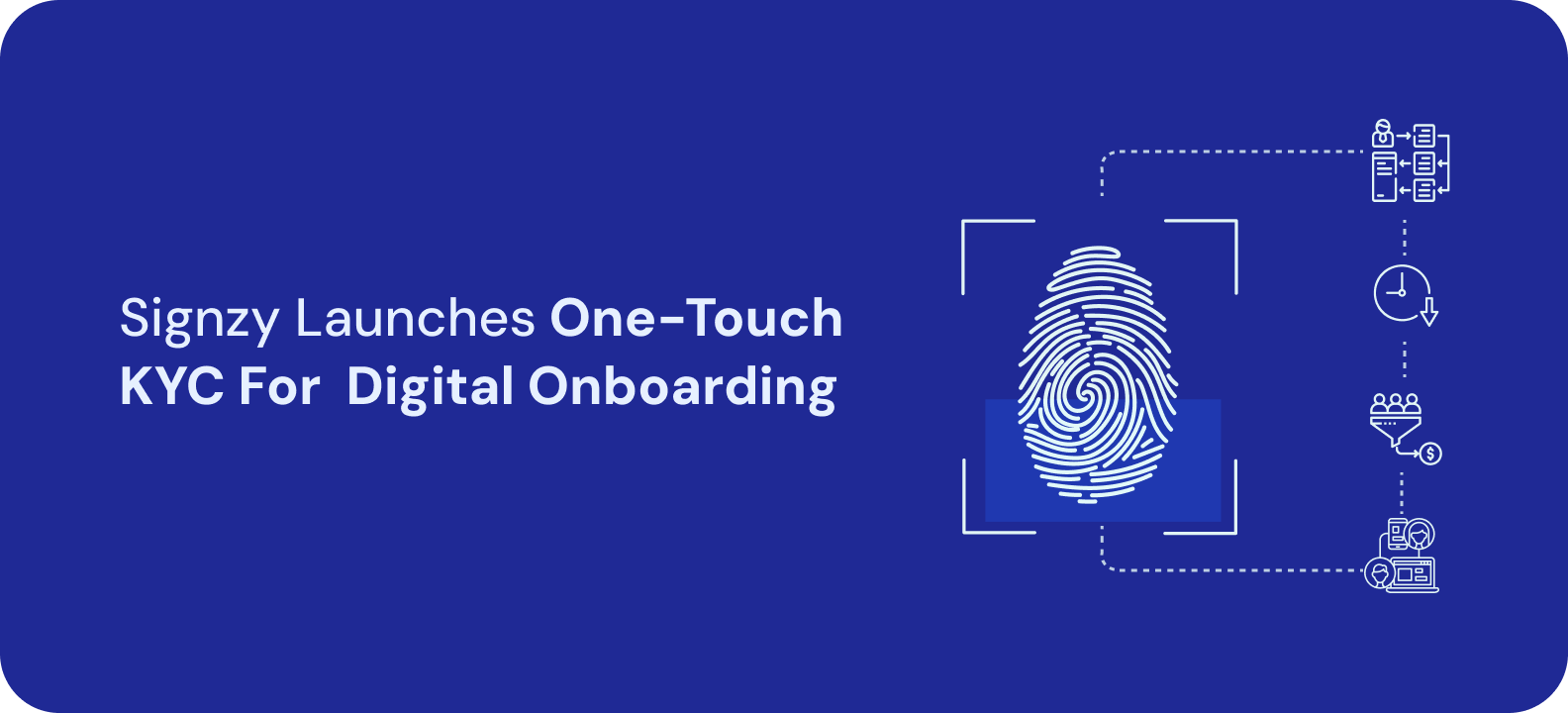
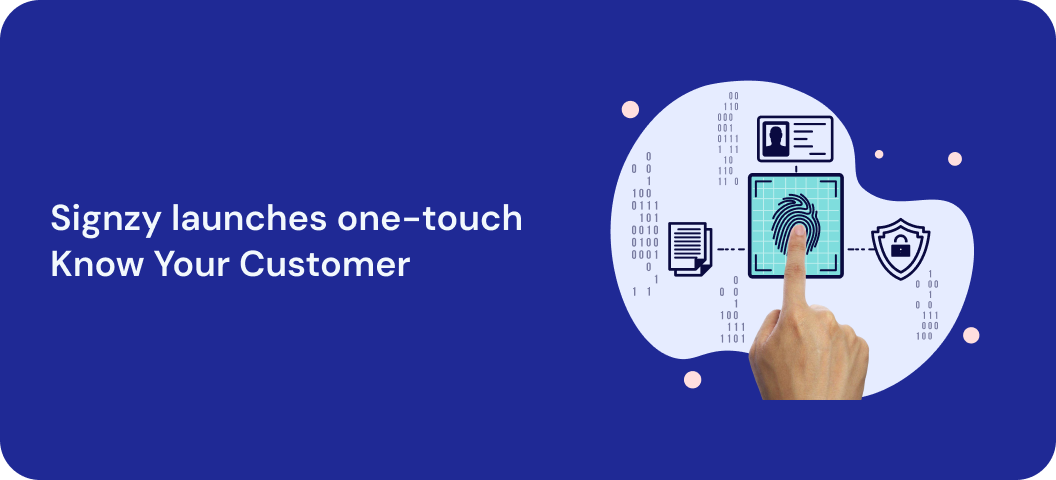
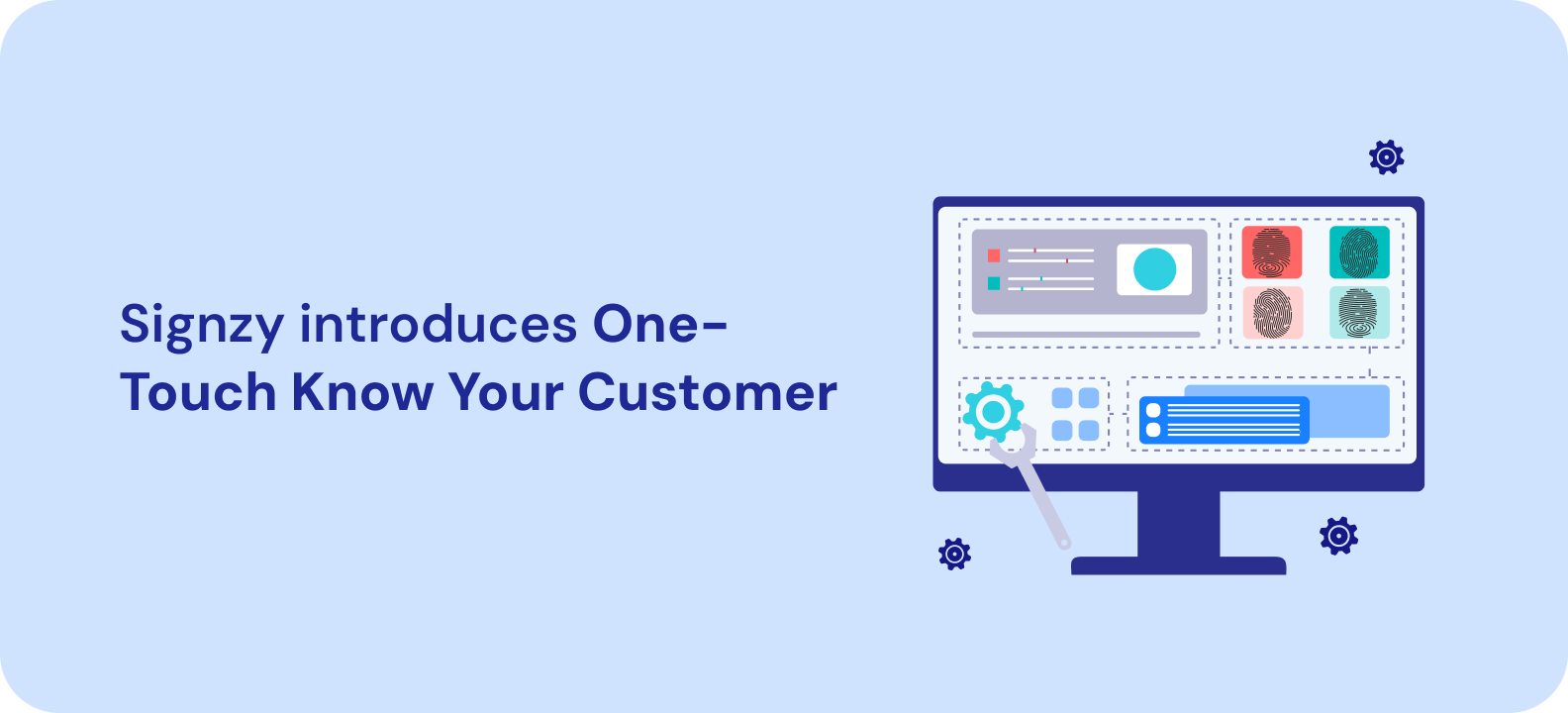
Media Releases
Signzy Launches One-Touch Know Your Customer (KYC) For Seamless Digital Onboarding
Publishes on Mar 28,2024
3 minutes read
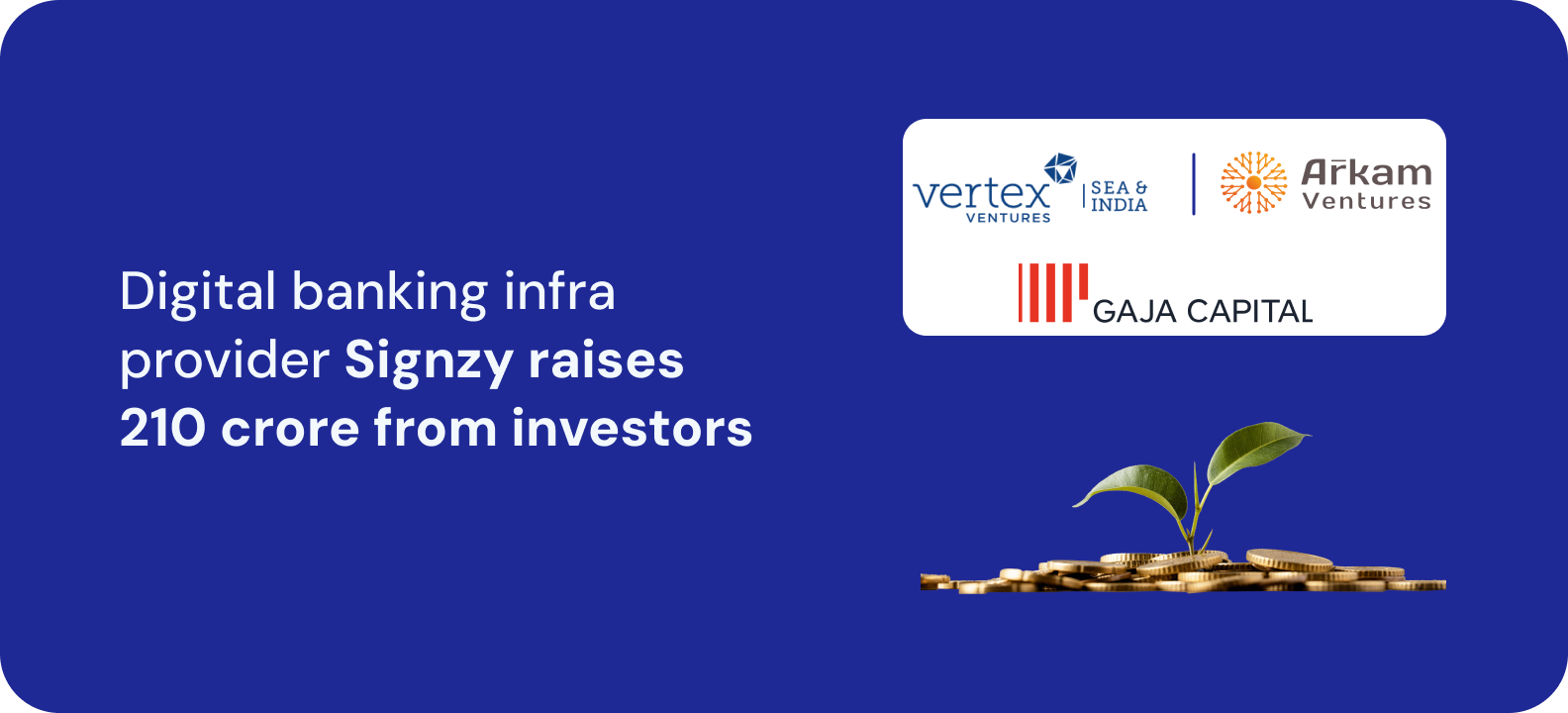
Media Releases
Digital banking infra provider Signzy raises Rs 210 crore from investors
Publishes on Mar 28,2024
2 minutes read

Media Releases
No-code AI Platform Signzy raises $26 million
Publishes on Mar 28,2024
3 minutes read

Industry
The Generational Shift is Redefining Banking Industry
Publishes on Apr 4,2024
5 minutes read

Industry
Using AI to Limit Fraud in Online Gaming: Slots Temple and Signzy
Publishes on Apr 4,2024
4 minutes read
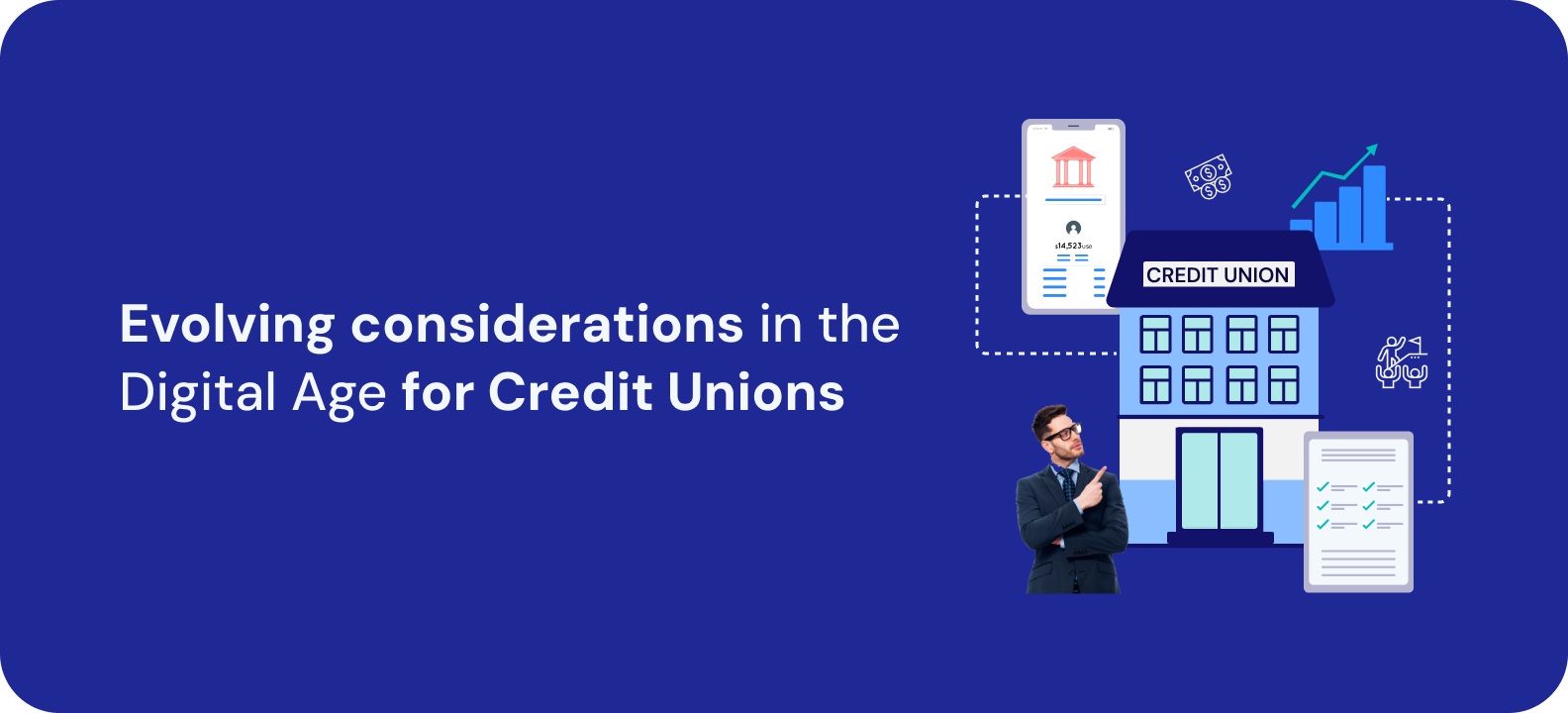
Industry
Balancing Member Experience & Costs in the Digital Age for Credit Unions
Publishes on Apr 4,2024
5 minutes read
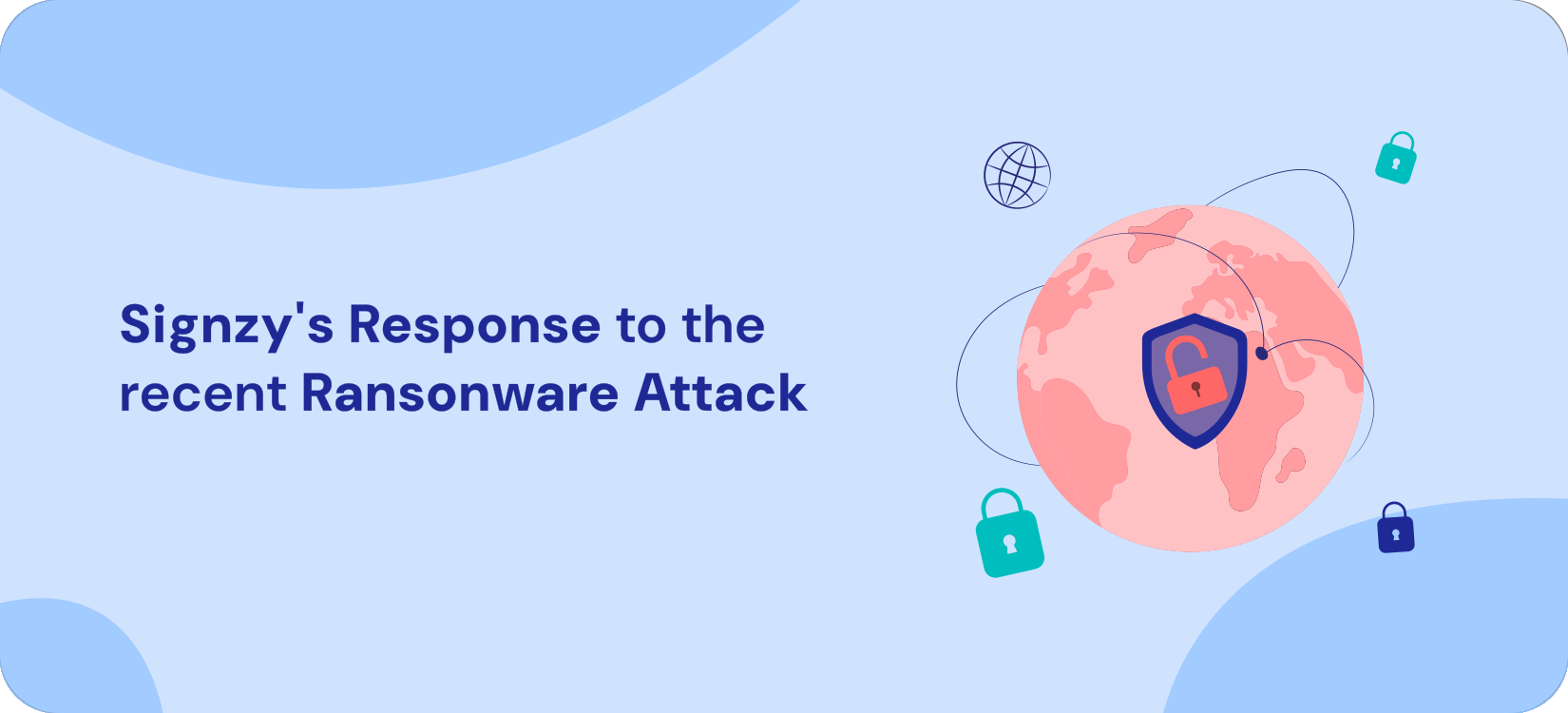
Industry
Signzy’s Commitment to the Credit Union Industry
Publishes on Apr 4,2024
5 minutes read

Subscribe to our newsletters
Error: Contact form not found.








